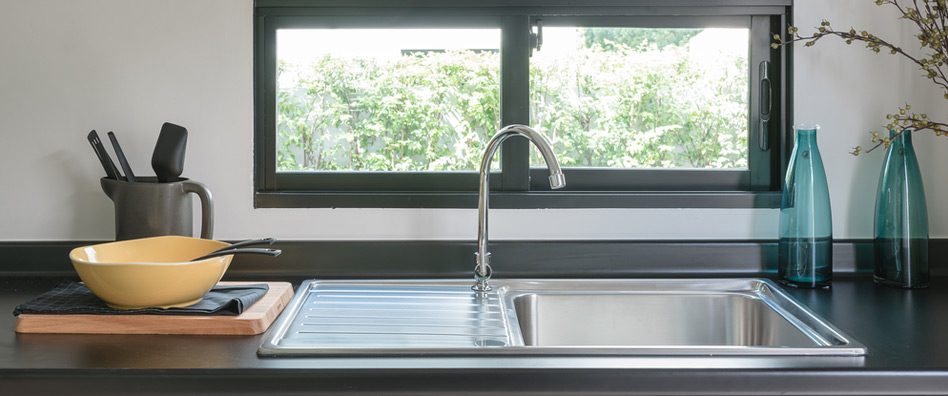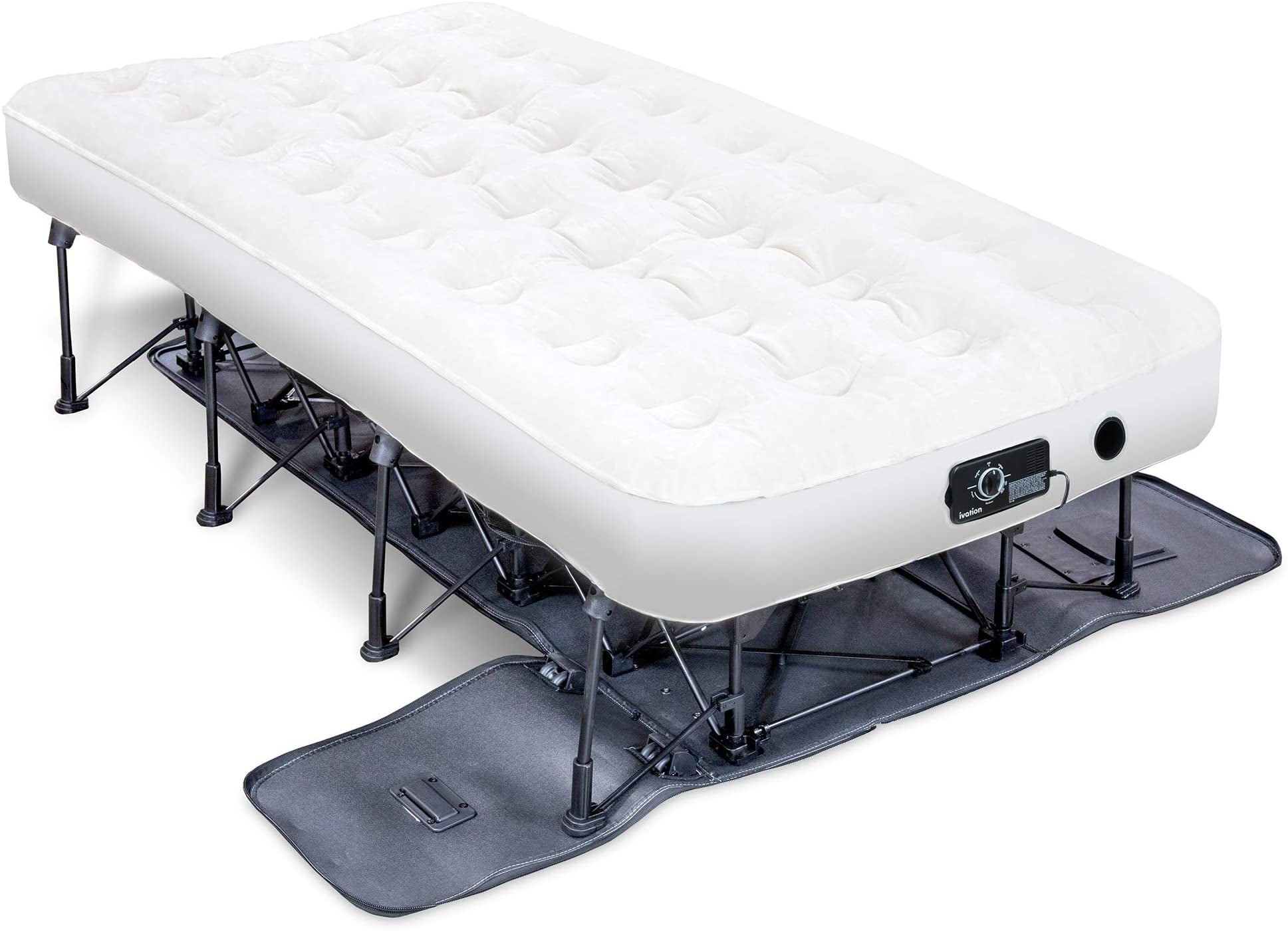Are you looking to add a new kitchen sink to your home? It can be a daunting task, but with the right information and tools, you can successfully install a kitchen sink on your own. In this step-by-step guide, we will walk you through the process of installing a kitchen sink from start to finish. First, gather all of your tools and materials. You will need a wrench, screwdriver, plumber's putty, silicone sealant, and a measuring tape. Make sure to also have a bucket and towels on hand in case of any leaks. The next step is to remove your old sink if you have one. Turn off the water supply and disconnect the plumbing underneath the sink. Use the wrench to loosen the nuts and remove the sink. Make sure to also disconnect the garbage disposal and any other attachments. Measure the opening of your sink cabinet and mark the cutout size on your countertop. Use a jigsaw to carefully cut out the hole for your new sink. Test fit the sink to make sure it fits properly and make any necessary adjustments. Once the sink is in place, attach the mounting clips to secure it in place. Apply a thin layer of plumber's putty around the edges of the sink and then carefully lower it into place. Use the mounting clips to tighten and secure the sink in place. The next step is to connect the plumbing. Attach the drain and garbage disposal if you have one. Make sure all connections are tight and secure. Turn on the water supply and check for any leaks. If there are any, tighten the connections or use plumber's tape to seal them. Finally, apply a bead of silicone sealant around the edges of the sink to create a watertight seal. Use a damp cloth to smooth out the sealant and remove any excess. Allow it to dry before using your new kitchen sink.1. Kitchen Sink Installation: Step-by-Step Guide
Adding a kitchen sink to your home can not only improve the functionality of your kitchen but also add value to your home. Whether you are renovating your entire kitchen or just looking to upgrade your sink, here are some things to consider before adding a kitchen sink to your home. The first thing to consider is the size and style of your sink. Measure the space where you want to add the sink and choose a size and style that fits your needs and preferences. You can choose from a variety of materials such as stainless steel, porcelain, or granite. Next, think about the type of installation you want. Top-mount sinks are the most common and are installed by dropping the sink into a hole in the countertop. Undermount sinks are installed from underneath the countertop and provide a seamless look. Farmhouse sinks are also a popular option for a more traditional, country-style kitchen. Consider the placement of your sink in relation to other fixtures and appliances in your kitchen. It should be close to your dishwasher and garbage disposal for easy access. Also, make sure there is enough counter space on either side of the sink for food preparation. Finally, think about the functionality of your sink. Do you want a single or double basin? Do you want a built-in soap dispenser or sprayer? These features can make your sink more convenient and efficient to use. With these factors in mind, you can choose the perfect kitchen sink for your home and enjoy the benefits of a new and improved kitchen space.2. How to Add a Kitchen Sink to Your Home
If you're feeling handy and want to save some money, you may choose to install your new kitchen sink on your own. While it can be a challenging task, here are some tips and tricks to help make the process smoother. First, make sure you have all the necessary tools and materials. It's better to have everything on hand before starting the installation to avoid any delays. Measure the opening for your sink carefully and make sure it fits properly before moving on to the next step. When removing your old sink, take note of how it was attached and the placement of the plumbing. This will make it easier to install the new sink in the same way. If you are unsure, take pictures or consult a tutorial for reference. To create a watertight seal, use plumber's putty or silicone sealant around the edges of the sink. Make sure to smooth out any excess and allow it to dry completely before using the sink. This will prevent any leaks and ensure a secure fit. If you are installing a new garbage disposal, make sure to follow the manufacturer's instructions carefully. It will require some electrical and plumbing work, so it's best to have a professional handle this part of the installation if you are not familiar with it. Lastly, be patient and take your time. Installing a kitchen sink can be a time-consuming process, but the end result will be worth it. And if you run into any issues, don't hesitate to consult a professional for assistance.3. DIY Kitchen Sink Installation: Tips and Tricks
When it comes to choosing a kitchen sink, there are many options available on the market. But how do you know which one is right for your home? Here are some factors to consider when selecting the perfect kitchen sink for your space. First, think about the size and style of your sink. You want it to fit comfortably in your kitchen and blend in with the overall design. Consider the size of your family and your cooking habits when choosing between a single or double basin sink. Next, consider the material of your sink. Stainless steel is a popular choice for its durability and affordability. Porcelain sinks are also a classic option that can add a touch of elegance to your kitchen. If you want a more modern look, consider a granite or composite sink. Think about the installation type that best suits your needs and preferences. Top-mount sinks are the easiest to install, while undermount sinks provide a seamless look. Farmhouse sinks are a great option for a traditional, country-style kitchen. Consider additional features such as built-in soap dispensers, sprayers, and cutting boards. These can make your sink more convenient and efficient to use. However, keep in mind that these features may come at an additional cost. By carefully considering these factors, you can choose a kitchen sink that not only meets your functional needs but also enhances the overall look of your kitchen space.4. Choosing the Right Kitchen Sink for Your Home
Adding a kitchen sink to your home is a big decision and requires careful planning and consideration. Here are some important things to know before you start the process. First, check with your local building codes to see if a permit is required for adding a kitchen sink. Some areas may have specific regulations for plumbing and may require a permit for any changes or additions. Next, assess your plumbing situation. If you are adding a sink to a new location, you will need to extend your plumbing to reach the new sink. This may require professional assistance, especially if it involves any electrical work for a garbage disposal. Consider the placement of your sink in relation to other fixtures and appliances in your kitchen. Make sure it is close to your dishwasher and garbage disposal for easy access. Also, make sure there is enough counter space on either side of the sink for food preparation. Lastly, be prepared for any unexpected costs. Adding a kitchen sink may require additional plumbing work or repairs, which can add to the overall cost. It's always best to have some extra funds set aside just in case.5. Adding a Kitchen Sink: What You Need to Know
Installing a kitchen sink may seem like a simple task, but there are some common mistakes that can easily be made. Here are some things to avoid when installing a kitchen sink. Not measuring correctly is one of the biggest mistakes that can cause a lot of issues down the line. Make sure to measure the opening for your sink accurately and double-check before making any cuts in your countertop. Another mistake is not securing the sink properly. Use mounting clips or brackets to secure the sink in place and prevent it from moving or shifting. This will also help create a watertight seal. Using too much or too little sealant can also be a problem. Use a thin, even layer of plumber's putty or silicone sealant around the edges of the sink to prevent any leaks. Too much sealant can cause it to ooze out and make a mess, while too little can result in leaks. Lastly, not following the manufacturer's instructions for your new sink or garbage disposal can lead to installation errors. Make sure to read and understand the instructions carefully to ensure a successful installation.6. Installing a Kitchen Sink: Common Mistakes to Avoid
Adding a kitchen sink to your home can provide numerous benefits, making it a worthwhile investment. Here are some advantages of having a kitchen sink in your home. First and foremost, a kitchen sink improves the functionality of your kitchen. It provides a designated space for food preparation, washing dishes, and cleaning up after meals. With a kitchen sink, you can keep your kitchen organized and clutter-free. A kitchen sink also adds value to your home. It is a desirable feature for potential buyers and can increase the overall value of your property. It can also make your kitchen more attractive and appealing to guests and visitors. With a kitchen sink, you can also upgrade the look and style of your kitchen. There are many options available in terms of size, material, and design, allowing you to choose one that fits your personal style and complements your kitchen's overall aesthetic. Lastly, a kitchen sink can save you time and effort. With designated areas for food preparation and cleaning, you can work more efficiently and spend less time on kitchen chores. This leaves you more time to enjoy your meals and spend time with family and friends.7. The Benefits of Adding a Kitchen Sink to Your Home
Installing a kitchen sink drain is an important step in the overall installation process. Here is a step-by-step guide on how to install a kitchen sink drain. First, gather all necessary tools and materials. You will need a wrench, screwdriver, plumber's putty, and a drain assembly. Make sure to also have a bucket and towels on hand in case of any leaks. Next, remove the old drain assembly if you have one. Use the wrench to loosen and remove the nuts and disconnect the plumbing underneath the sink. Clean any old putty or debris from the sink and drain opening. Apply a layer of plumber's putty around the drain opening. Carefully lower the new drain assembly into place and make sure it is centered and level. Use the mounting brackets or nuts to secure it in place. Connect the drain to the plumbing underneath the sink. Make sure all connections are tight and secure. Turn on the water supply and check for any leaks. If there are any, tighten the connections or use plumber's tape to seal them. Finally, test the drain by running water through it and checking for any leaks. If everything looks good, you can proceed with installing the rest of your kitchen sink.8. How to Install a Kitchen Sink Drain
When it comes to choosing a kitchen sink, there are many options available on the market. Here are some of the top choices for your home. Stainless steel sinks are a popular choice due to their durability and affordability. They are also easy to maintain and come in a variety of sizes and styles to fit any kitchen. Porcelain sinks are a classic option that can add a touch of elegance to your kitchen. They are available in various colors and designs, making it easy to match your personal style and kitchen decor. For a more modern look, consider a granite or composite sink. These are made from a combination of materials and offer a sleek, seamless look. They are also resistant to stains and scratches, making them a durable choice for any kitchen. If you want to add a touch of charm to your kitchen, a farmhouse sink is a great option. These large, deep sinks are perfect for washing large pots and pans and add a traditional, country feel to your space.9. Kitchen Sink Options: Top Choices for Your Home
Deciding whether to hire a professional or tackle the installation of a kitchen sink on your own can be a tough decision. Here are some factors to consider when deciding between professional and DIY installation. Professional installation may be necessary if you have no experience with plumbing or electrical work. A professional can ensure that the sink is installed correctly and safely, minimizing the risk of any issues or accidents down the line. However, if you are familiar with plumbing and have the necessary tools and materials, you may choose to install the sink yourself. This can save you money and give you a sense of accomplishment. Just make sure to do your research and follow instructions carefully. Keep in mind that if any issues arise during the installation, a professional may be required to fix them. It's always best to have a backup plan in case things don't go as smoothly as planned. In conclusion, adding a kitchen sink to your home can be a great investment that improves the functionality and style of your kitchen. With the right tools, knowledge, and preparation, you can successfully install a kitchen sink on your own and enjoy the benefits it brings. So why wait? Start planning your kitchen sink installation today!10. Adding a Kitchen Sink: Professional vs. DIY Installation
Why Adding a Kitchen Sink is Essential for Your House Design
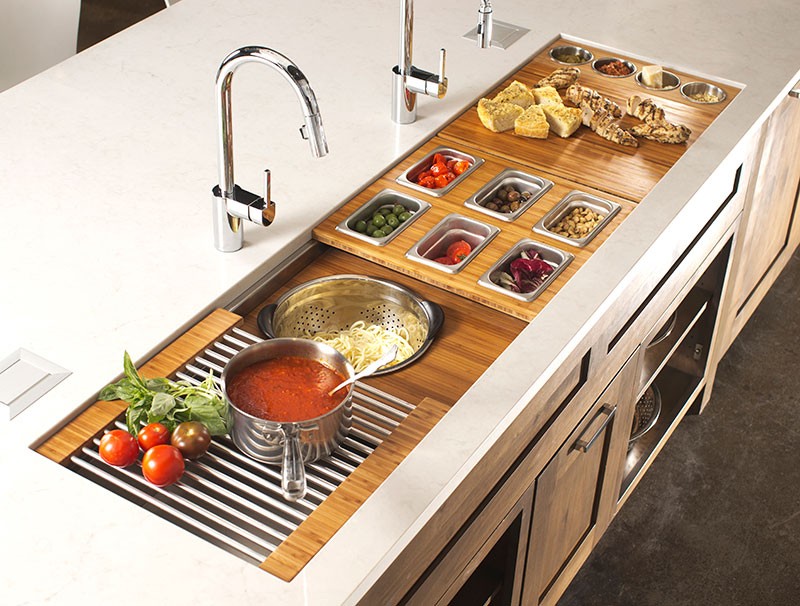
The Heart of the Home
 When it comes to house design, the kitchen is often considered the heart of the home. It's where we gather to cook, eat, and socialize with family and friends. And at the center of every kitchen is the
kitchen sink
. Not only is it a functional necessity for washing dishes and preparing food, but it also serves as a focal point for the overall design of the kitchen. That's why it's important to carefully consider the type of kitchen sink you choose and its placement in your kitchen.
When it comes to house design, the kitchen is often considered the heart of the home. It's where we gather to cook, eat, and socialize with family and friends. And at the center of every kitchen is the
kitchen sink
. Not only is it a functional necessity for washing dishes and preparing food, but it also serves as a focal point for the overall design of the kitchen. That's why it's important to carefully consider the type of kitchen sink you choose and its placement in your kitchen.
Functionality and Style
 A kitchen sink is much more than just a place to wash dishes. It can also serve as a workspace for food preparation, a place to fill up pots and pitchers, and even a spot to display a beautiful bouquet of flowers. That's why it's important to choose a sink that not only fits your design aesthetic but also meets your functional needs. With so many different styles, materials, and sizes available, it's easy to find a
kitchen sink
that complements your kitchen design and makes your daily tasks more efficient.
A kitchen sink is much more than just a place to wash dishes. It can also serve as a workspace for food preparation, a place to fill up pots and pitchers, and even a spot to display a beautiful bouquet of flowers. That's why it's important to choose a sink that not only fits your design aesthetic but also meets your functional needs. With so many different styles, materials, and sizes available, it's easy to find a
kitchen sink
that complements your kitchen design and makes your daily tasks more efficient.
Maximizing Space
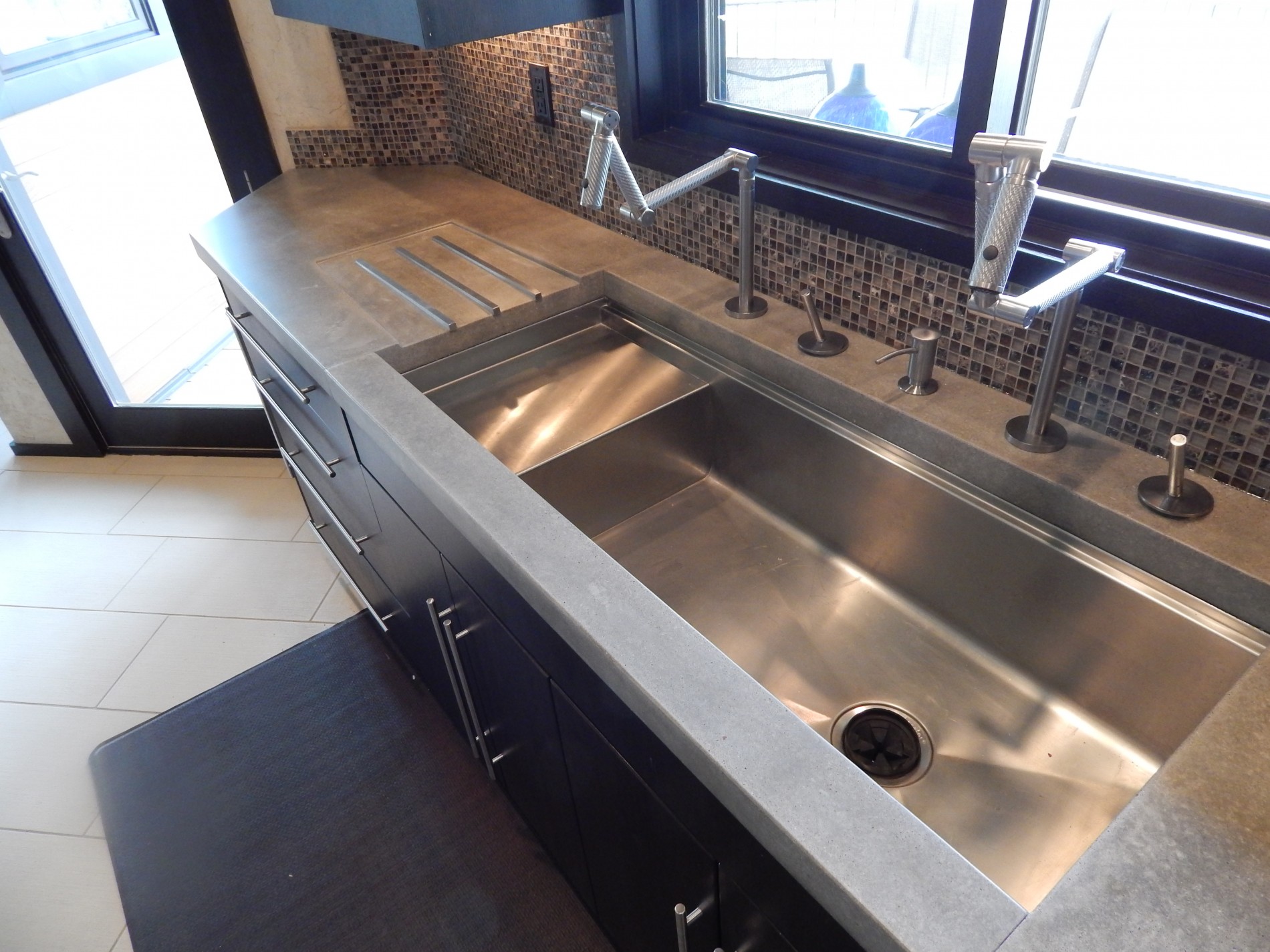 In smaller kitchens, every inch of space counts. That's why it's important to carefully consider the placement of your kitchen sink. A well-placed sink can make a big difference in the flow and functionality of your kitchen. For example, placing the sink near the stove allows for easy access to water while cooking, while placing it near the dishwasher makes it easier to rinse and load dishes. Additionally, choosing a
kitchen sink
with multiple compartments can help maximize your counter space and make meal prep and clean-up a breeze.
In smaller kitchens, every inch of space counts. That's why it's important to carefully consider the placement of your kitchen sink. A well-placed sink can make a big difference in the flow and functionality of your kitchen. For example, placing the sink near the stove allows for easy access to water while cooking, while placing it near the dishwasher makes it easier to rinse and load dishes. Additionally, choosing a
kitchen sink
with multiple compartments can help maximize your counter space and make meal prep and clean-up a breeze.
A Design Statement
 While the functionality of a kitchen sink is important, it can also serve as a design statement in your kitchen. Today, there are endless options for
kitchen sinks
that can add a touch of style to your space. From farmhouse apron sinks to sleek stainless steel options, there's a sink for every design style. You can also add a pop of color with a brightly colored sink or choose a unique shape to make a statement. No matter your design aesthetic, a well-chosen
kitchen sink
can elevate the look and feel of your entire kitchen.
In conclusion, adding a kitchen sink is an essential part of any house design. It's not only a functional necessity but also a design statement that can enhance your kitchen space. With careful consideration of style, functionality, and placement, you can find the perfect
kitchen sink
that fits your needs and adds a touch of personality to your home. So, don't overlook the importance of this crucial element in your kitchen and start exploring all the options available to find the perfect
kitchen sink
for your house design.
While the functionality of a kitchen sink is important, it can also serve as a design statement in your kitchen. Today, there are endless options for
kitchen sinks
that can add a touch of style to your space. From farmhouse apron sinks to sleek stainless steel options, there's a sink for every design style. You can also add a pop of color with a brightly colored sink or choose a unique shape to make a statement. No matter your design aesthetic, a well-chosen
kitchen sink
can elevate the look and feel of your entire kitchen.
In conclusion, adding a kitchen sink is an essential part of any house design. It's not only a functional necessity but also a design statement that can enhance your kitchen space. With careful consideration of style, functionality, and placement, you can find the perfect
kitchen sink
that fits your needs and adds a touch of personality to your home. So, don't overlook the importance of this crucial element in your kitchen and start exploring all the options available to find the perfect
kitchen sink
for your house design.


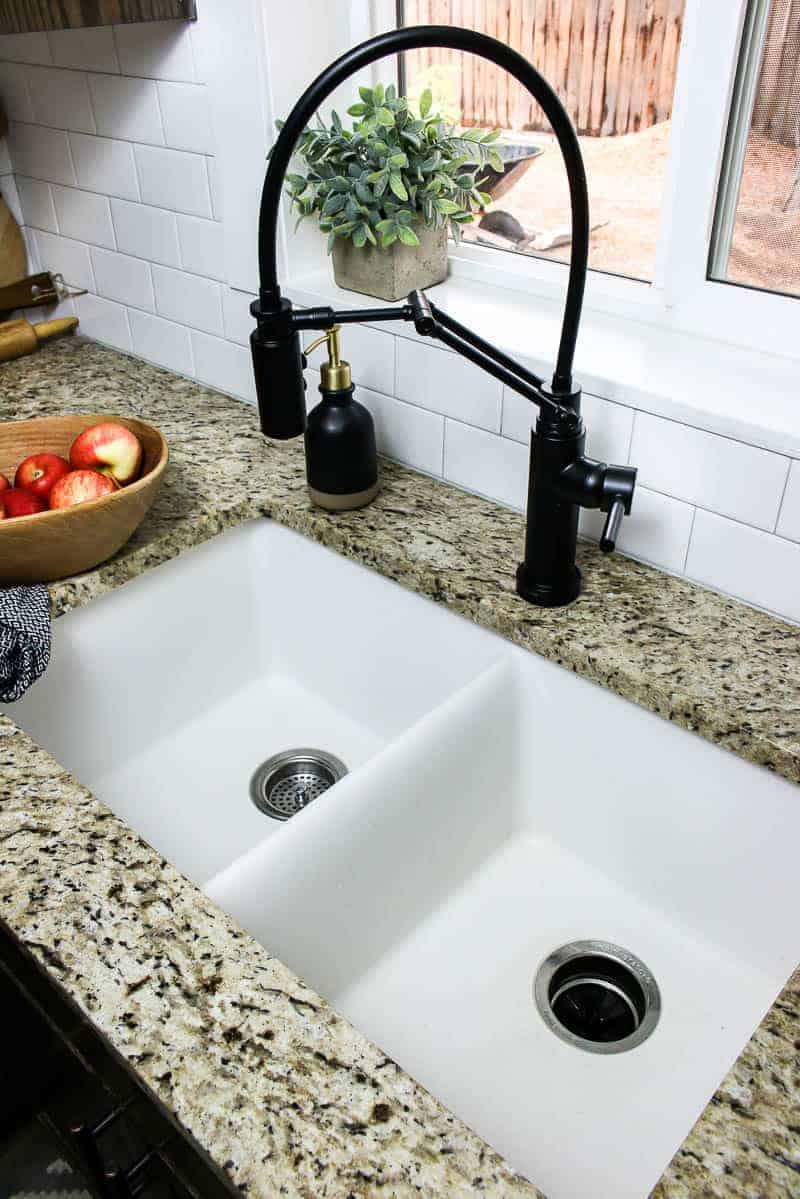




















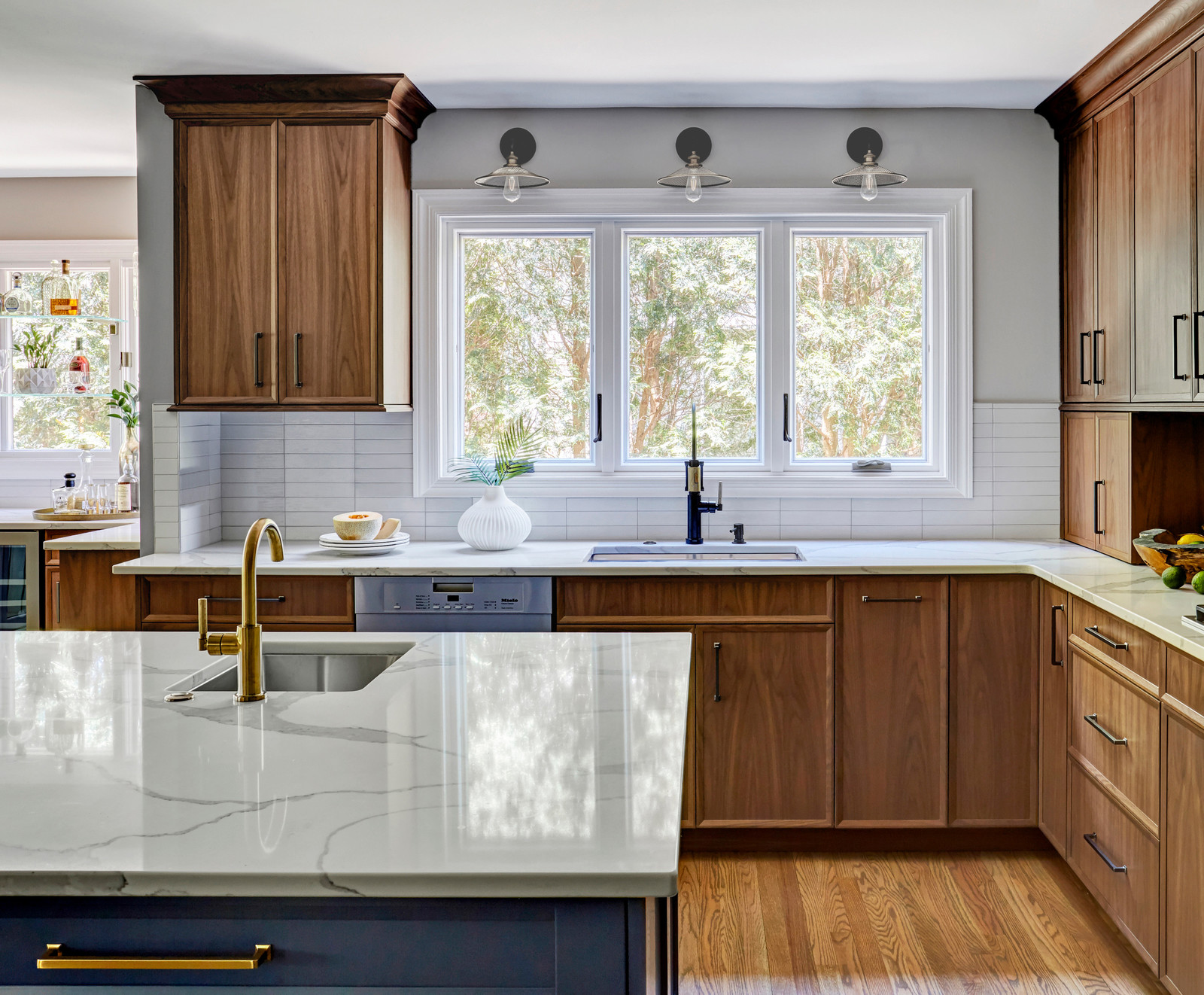
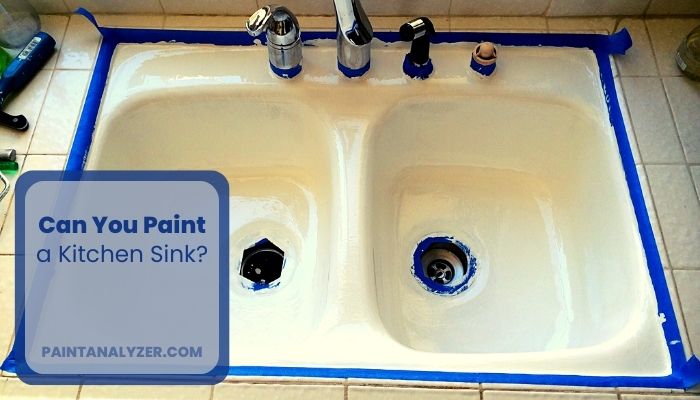




/how-to-install-a-sink-drain-2718789-hero-24e898006ed94c9593a2a268b57989a3.jpg)




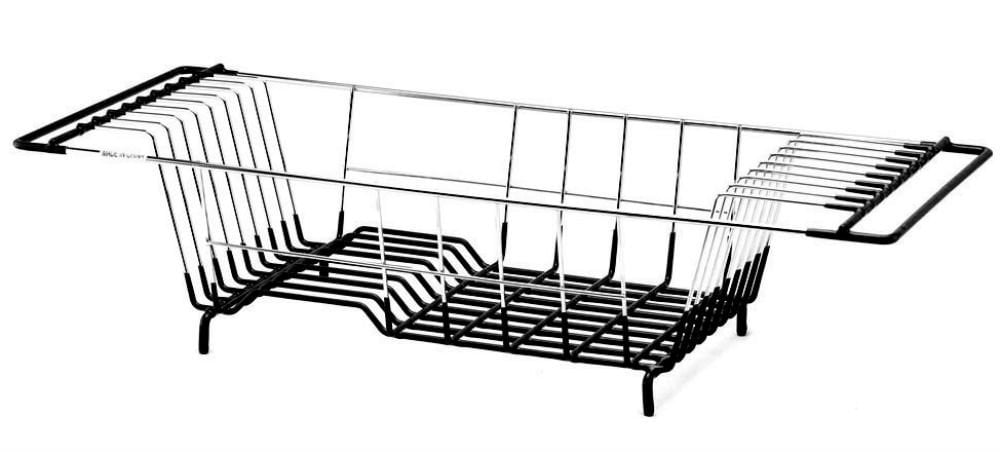



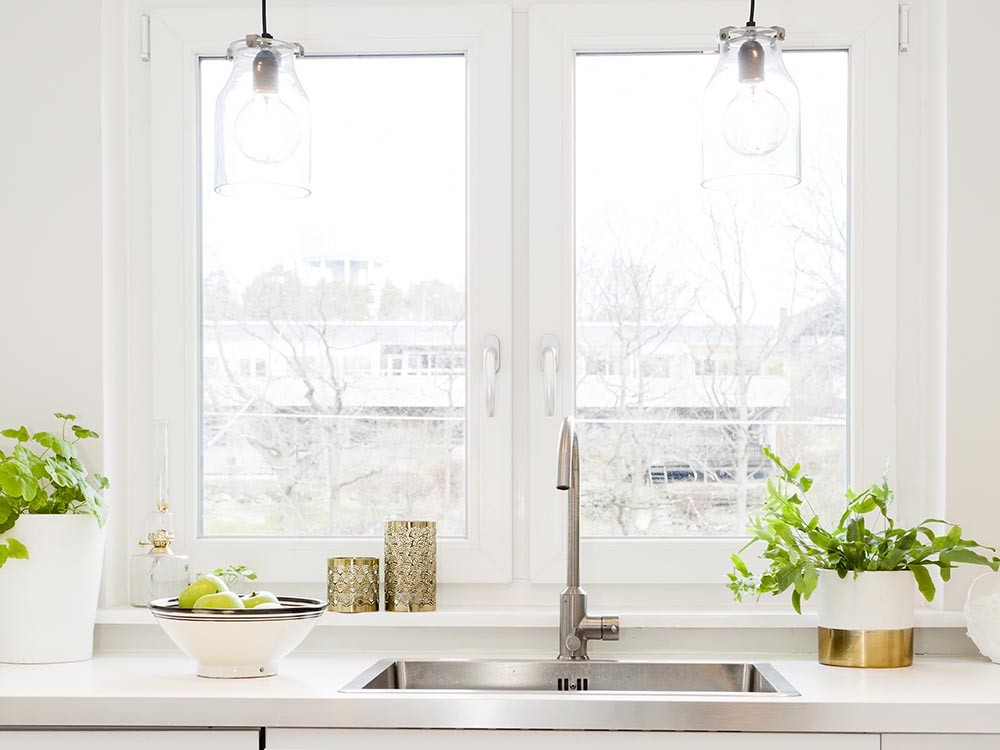



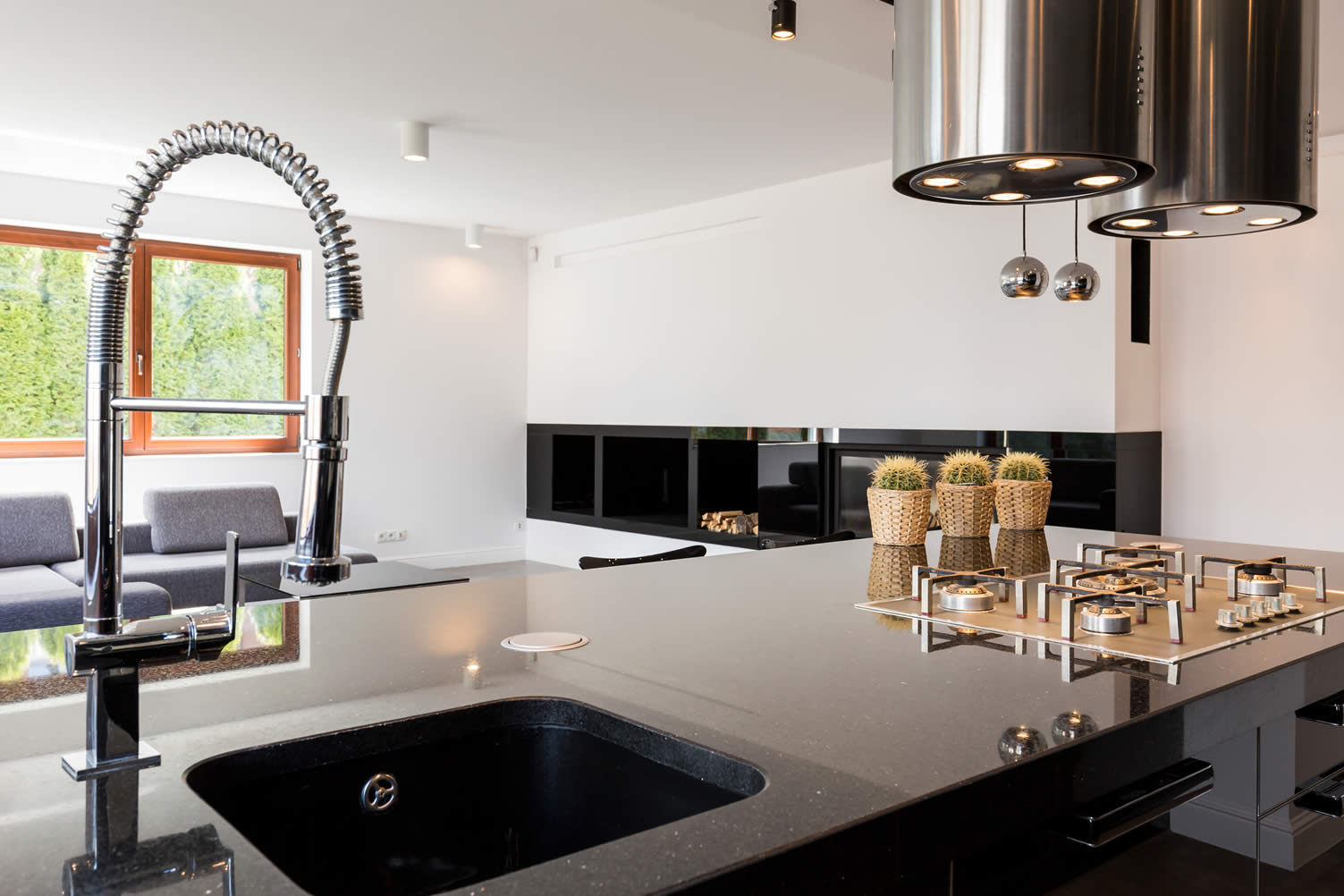









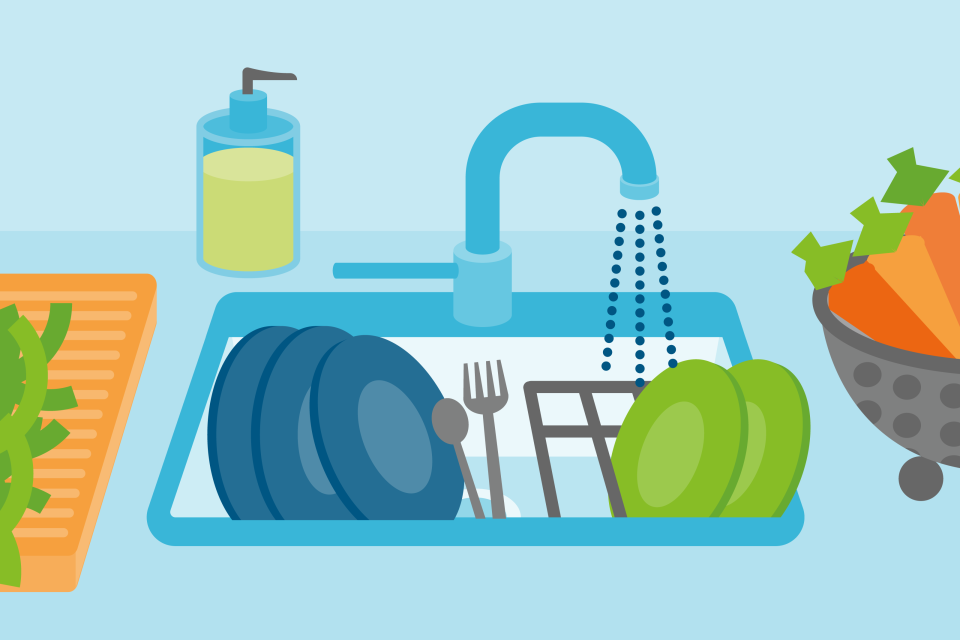


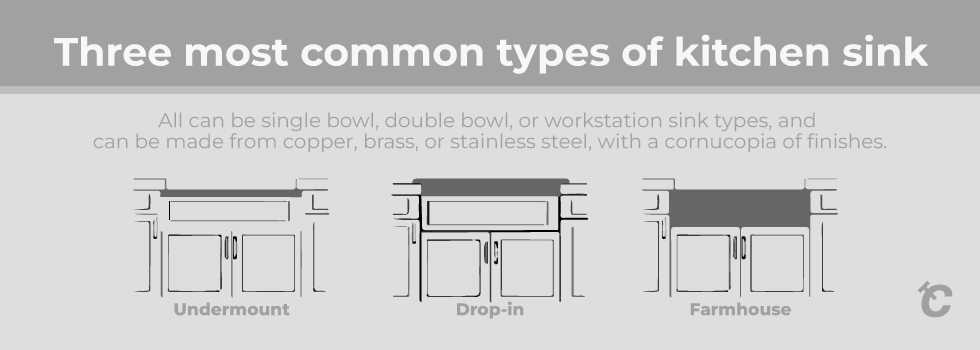



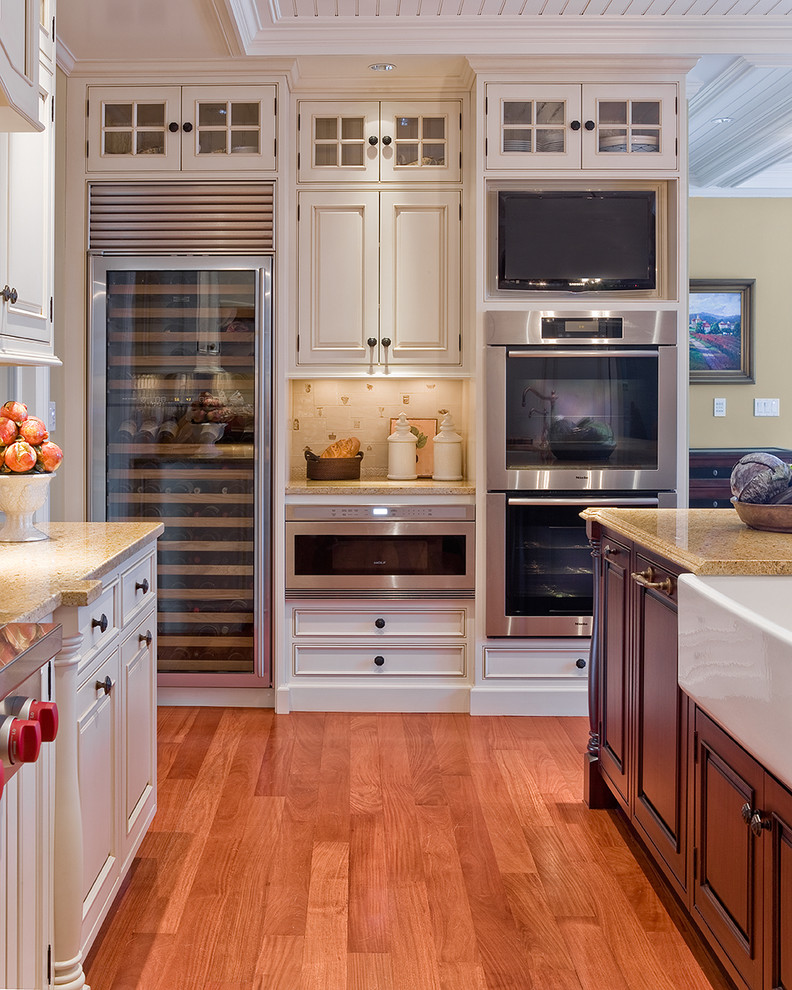
















:max_bytes(150000):strip_icc()/how-to-install-a-sink-drain-2718789-hero-24e898006ed94c9593a2a268b57989a3.jpg)

:max_bytes(150000):strip_icc()/how-to-install-a-sink-drain-2718789-04-5715d67f5b7d41429d42bf705bb70e2c.jpg)

:max_bytes(150000):strip_icc()/how-to-install-a-sink-drain-2718789-07-e20d2b61c2d4497b8738ed41060537ba.jpg)


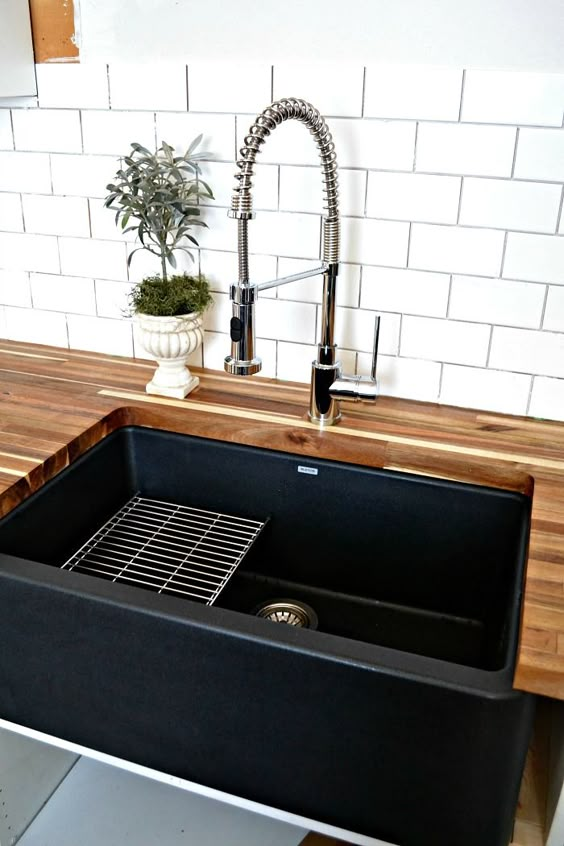









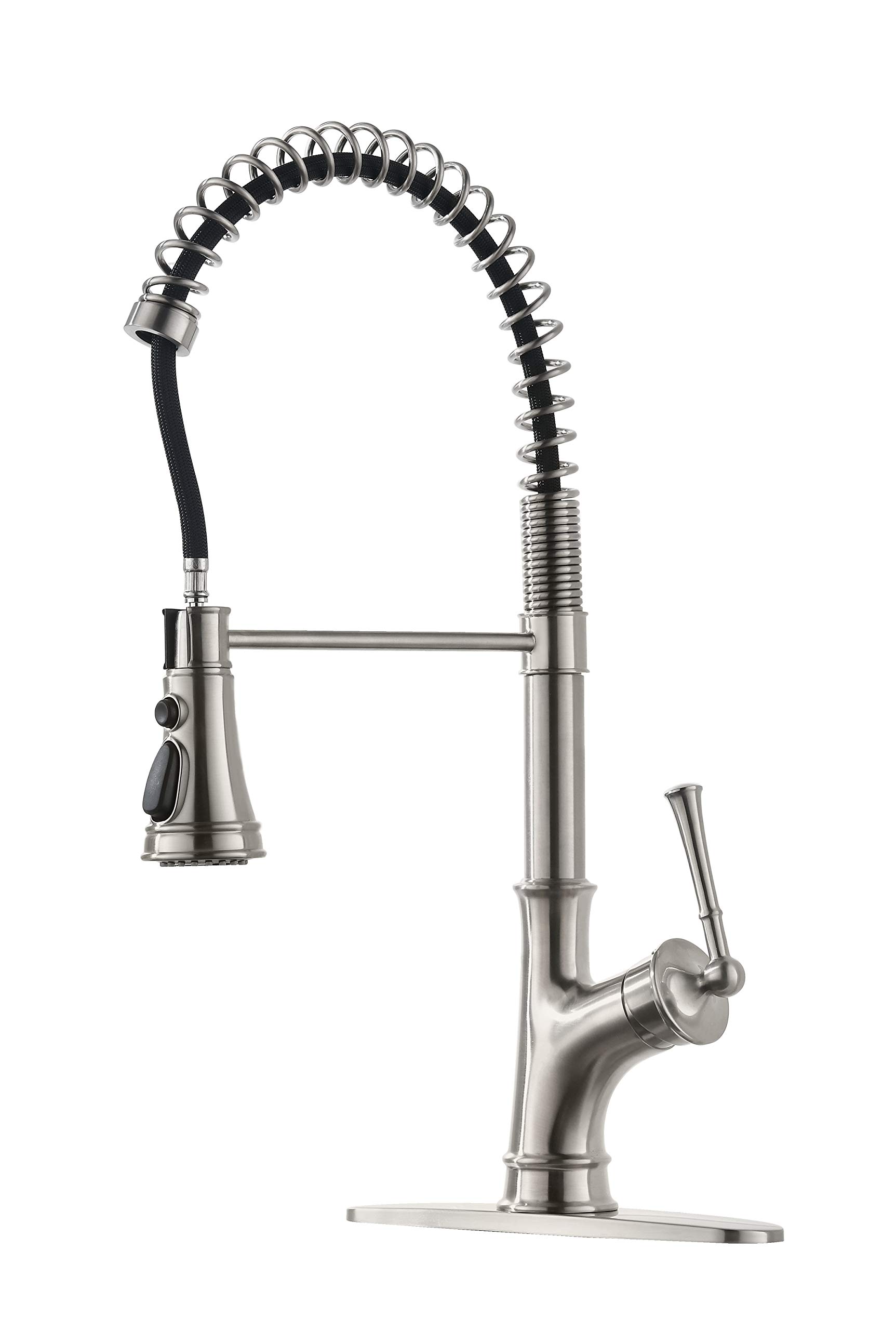


:max_bytes(150000):strip_icc()/Basic-kitchen-sink-types-1821207_color_rev-0b539306b9ef4236a136624ad2a89a4c.jpg)


